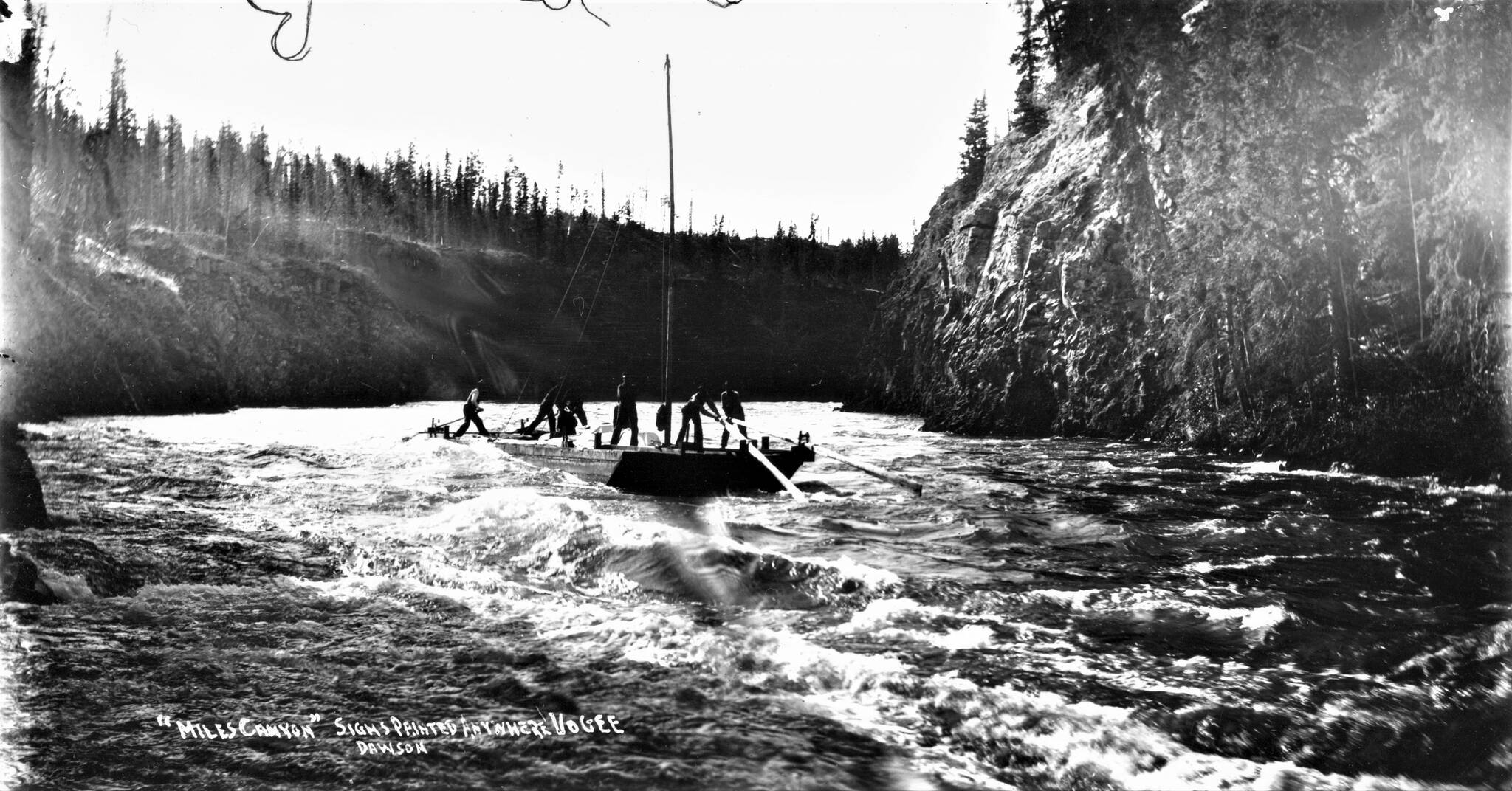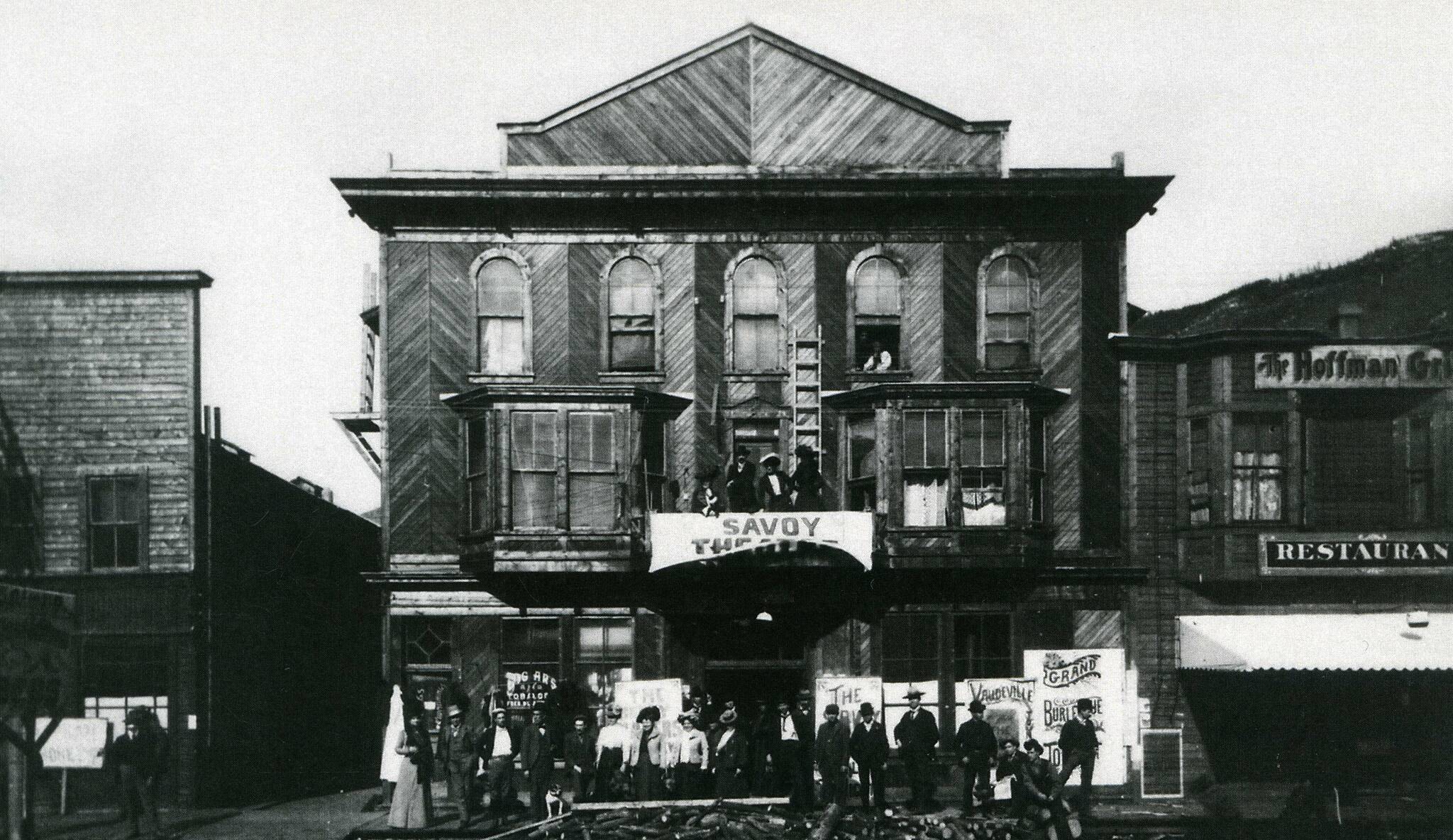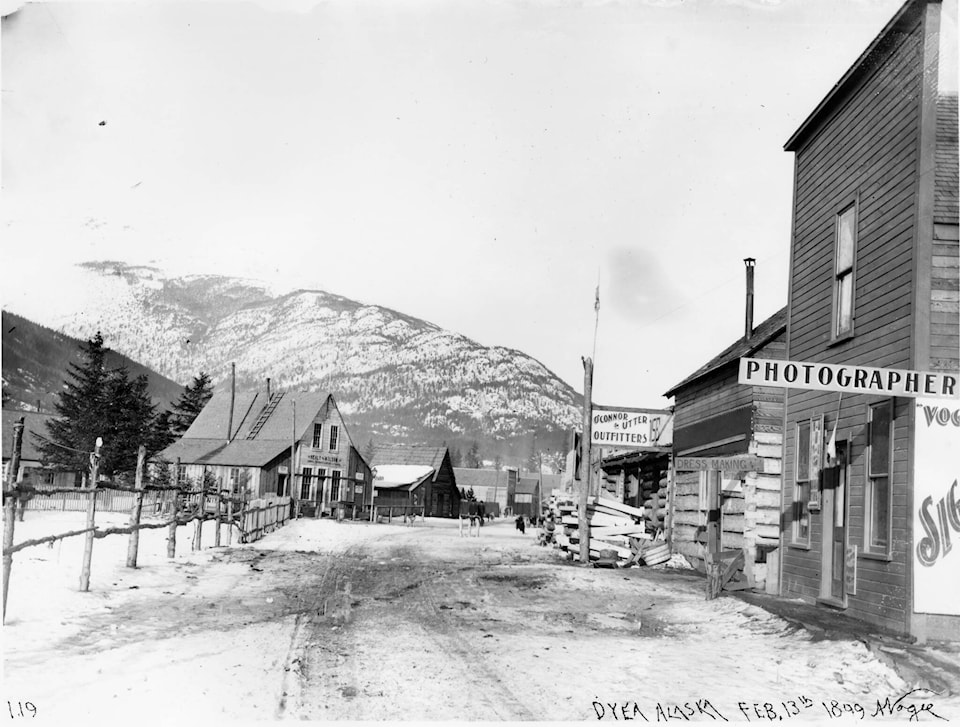It is said that big things come in small packages. Seemingly small gifts can also lead to important history.
I asked David Schlosser, the Territorial Archivist, about a collection donated to the Yukon Archives that stood out for him. It was a difficult task as he had to choose from a broad sampling of material housed in the Yukon’s primary document repository. The photograph collection at the Yukon Archives, for example, consists of 300,000-400,000 images. How can you choose a favorite from a collection that size?
Schlosser had recently assembled a slideshow of images from the Anton Vogee collection that caught my eye. I had three questions for him: How was the collection acquired, what is its composition, and what is its significance?
In 1972, the name Anton Vogee did not roll off the tongues of people interested in Yukon history. E.A. Hegg is legendary for his photographs of the Klondike gold rush. Others, like Adams and Larkin, Barley, Larss and Duclos and Goetzman are also well known. But Vogee? Who had ever heard of him? Anton Vogee was born in Norway in 1867 and emigrated to the United States in 1888. At first, he painted studio landscapes. He later became a travelling sign painter for a tobacco firm. Vogee was also a photographer and made good use of his camera to document his hand-painted signs as proof for payment for his work.

Vogee had opened his first sign shop in Portland, Oregon, when news of the Klondike Gold Rush reached Portland in 1897. He joined the rush and quickly opened a shop in Dyea, at the head of the Chilkoot Trail in Alaska. The following year he moved to Skagway. In 1899, he moved his business to Atlin, B.C., with a branch office in Pine City, located in the nearby goldfields.
By 1900, he had moved to Dawson City, where he opened a store on Princess Street, behind what would later become the Oddfellows Hall.
Vogee married another Norwegian, Enga Brevik in Dawson City, in June of 1901, and their son, Arthur was born the summer of the following year. They remained in Dawson City for a number of years, before leaving for good sometime around 1908 or ‘09. He lived in British Columbia for the next 41 years, passing away in Vancouver, October 10, 1950.
Twenty-two years later, Arthur Vogee contacted Yukon House, a promotion office for Yukon tourism located in Vancouver. According to Schlosser, “I don’t know if his intention was just to show them off, or donate them, but they came at an amazing time and opportunity.”
Karl Crosby, manager of Yukon House, contacted Garth Graham who was then the Director of Library Services for the Yukon, describing the Vogee collection as having exceptional value. A few weeks later, Yukon Commissioner James Smith wrote to Arthur Vogee, accepting the first donation to the newly established archives. He wrote: “The research and display potential for visually documenting the history and development of the territory is immense.”

The collection consists of 370 images, two-thirds of which are glass plate negatives, the remainder being nitrate film. Aside from this donation, only two other Vogee images exist anywhere in the Yukon Archive’s extensive image collection.
At the time of the donation, the Yukon Archives had just been established and was not yet opened officially. The Vogee collection was the first to be catalogued, and became the foundation of the extensive photograph holdings the Archives cares for today. The images were digitized and form part of a searchable database that anybody can access by going to the following website: http://www.tc.gov.yk.ca/digitization/public/index.php#. The Vogee photographs have been heavily used by the public ever since.
The photographs include images of Skagway, Dyea, various points on the Chilkoot Trail, to Bennett, and beyond. During his time in Atlin, Vogee snapped images in the townsite, and the adjacent goldfields, including the satellite communities of Discovery and Pine City.
There are photos of Miles Canyon, Whitehorse, and Five Finger Rapids. Several depict the Whitehorse waterfront. There are photographs of Yukon riverboats, and sea-going vessels. There are even portraits, including some believed to be of his wife and son. Vogee was in the early wave of stampeders and happened to be on hand on April 3, 1898, to take photographs when an avalanche on the Chilkoot trail took more than 50 lives.
Many of the photographs in this collection show buildings with various forms of signage on them. Several of them depict his storefront operations in Dawson and Dyea. One photo taken of his shop in Dyea even has a sign on it that says “Photographer.” One picture of his Dawson storefront shows what appear to be photographs of his sign painting. It is quite telling that one photograph of Miles Canyon is labelled “Miles Canyon. Signs Painted Anywhere.”

The photos are rich in unintended detail. Storefront images also illustrate what the women posing in front were wearing. Details of adjacent buildings and streetscapes are visible. One photo of Vogee’s shop in Dawson shows electrical insulators mounted on the front of the building. Building design and construction details are also visible. Two images of his store in Dyea, taken from different angles show changes in appearance through time. Oh, and don’t forget the signs mounted on the front and sides of various buildings.
You may believe that your own collection does not have any significance, but each such document or photograph is a testimony to lives lived and places long gone. They can be full of unintended details. They fill in gaps in our history. The gold rush is well documented, but what about the 1930s in Whitehorse, or communities in the 1960s? All of these represent parts of our collective history.
When collections such as that created by Anton Vogee are offered to the Yukon Archives, Schlosser and his staff of professionals handle them with respect. They gather information through research and interviews. Many items are conserved, and they are carefully recorded and stored for future reference. And they are made accessible to the public for family genealogy, academic research, topical interest, and general curiosity. They and the stories they tell will be remembered. If you are interested in contributing to Yukon’s history, you may consider contacting the Yukon Archives about donating your photographs or personal papers for future generations.
Michael Gates is Yukon’s first Story Laureate. He is the author of six books on Yukon history. His latest, “Dublin Gulch: A History of the Eagle Gold Mine,” received the Axiom Business Book Award silver medal for corporate history. You can contact him at msgates@northwestel.net.
